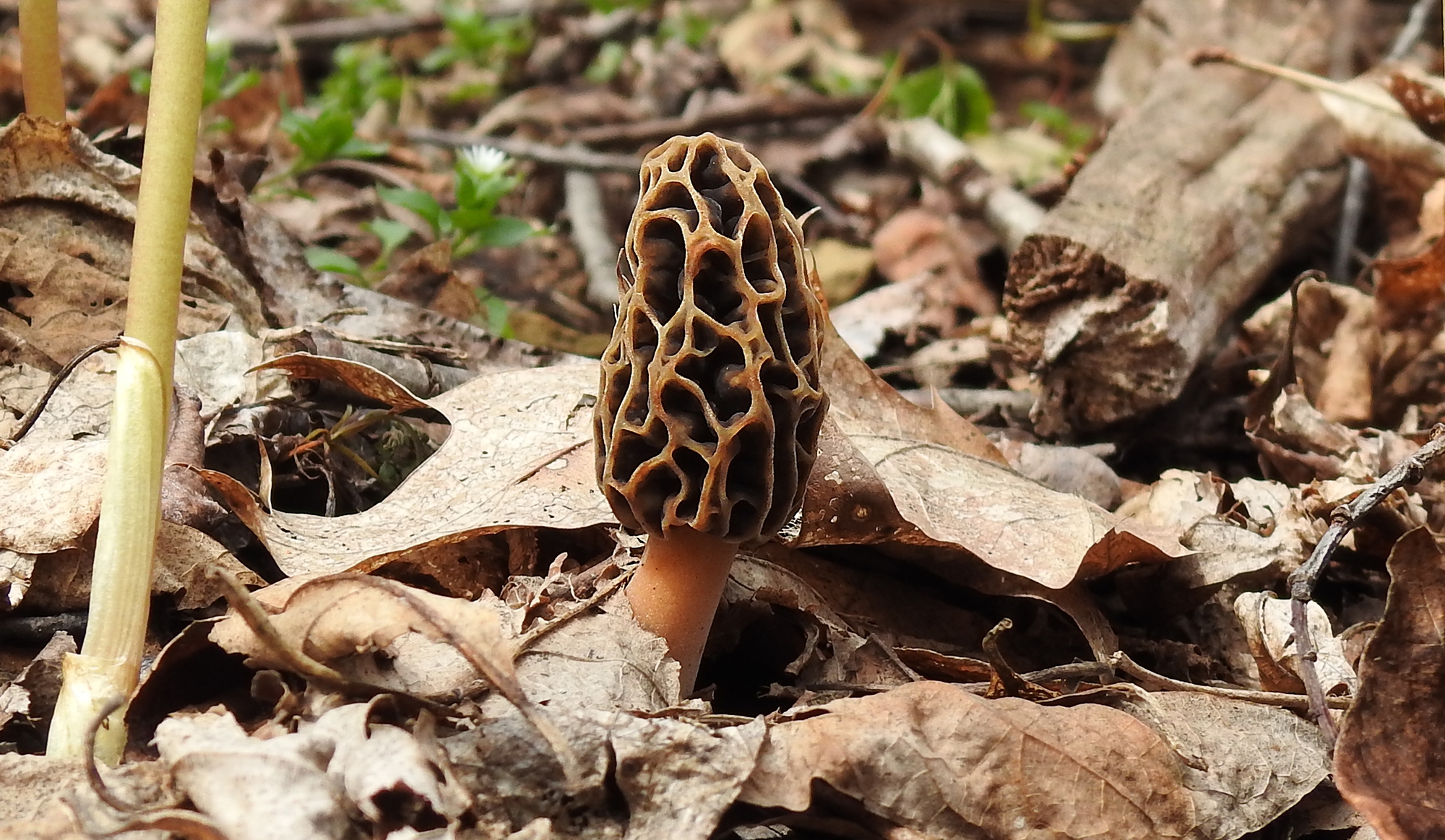
Years ago, I didn’t know anything about morel mushrooms. I didn’t know what they looked like. I didn’t know how they tasted. I didn’t even know they existed.
Then one day I attended a mushroom program with a local club. Experts in the club introduced me to morels. “Here’s what morels look like,” they said. “You’ll find them all over this park.”
“Great,” I thought to myself. “I now know everything I need to know.”
Except I still hardly knew anything.
Sure, I quickly learned how to identify morels, and I heard a few things about looking in certain areas: “Look for elms, apples, and poplars. Morels really like sweet soil.”
But where would I find elms, apples, and poplars? What the heck is sweet soil?
It soon dawned on me that knowledge of mushrooms wasn’t enough. If I really wanted to improve my skills, I needed to learn tree identification. I needed to learn ecology. I needed to learn geology.
And so I learned as much as I could. Slowly but consistently, I developed a wider set of skills. Eventually, I became a better mushroom hunter.
Today, I interact with wild landscapes a bit differently than I did back then. I now look for connections. I look for relationships. I look at the bigger picture.
All this to say, if you want to find morels this year, I strongly encourage you to learn the connections that bind morels to their ecosystems. In the following video, I discuss how to approach morel mushroom hunting through a more holistic lens.

